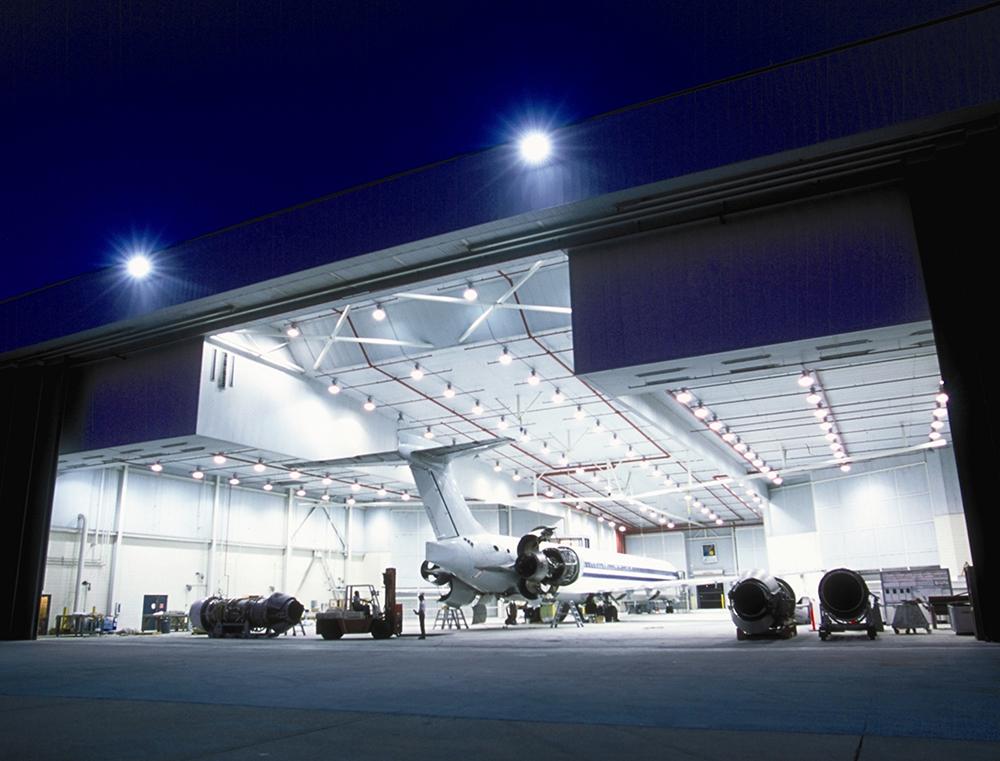
AAR Corp. sees signs of increased activity in the aircraft retirement and teardown markets, but company executives are not ready to label them as hard evidence that a much-anticipated retirement surge is underway.
"We have seen more assets become available to us in the last few weeks,” president and CEO John Holmes said during a Sept. 23 earnings call. “For competitive reasons, I don't want to get into too much detail, but we have seen more things come available that are interesting to us," says Holmes. "[It’s] too soon to call it any sort of trend that would suggest a meaningful uptick in retirement teardowns, but anecdotally, we have seen a few more come out recently.”
An increase in aircraft retirements is widely expected as airlines revamp their fleets to match projected demand exiting the downturn. But on many platforms, the current pace is not keeping up with demand for used serviceable material (USM). Operators of older widebodies are seeing more parts come available, while USM for popular narrowbodies is harder to find.
The lack of retirements means the USM market may trail other aspects of the commercial maintenance recovery, which is showing signs of benefiting from increased flying.
AAR reported a 53% increase in commercial sales for the three months ended Aug. 31—its fiscal 2022 first quarter (Q1)—to about $268.5 million. Total commercial revenues account for 59% of $455.1 million in consolidated, company-wide Q1 sales.
Sequentially, AAR said commercial sales were 17% higher in Q1 than the previous three months.
"This improvement was driven by our parts businesses, which is an encouraging indicator of returning demand,” Holmes said. "The strong performance in the quarter was also due to the robust demand for our airframe MRO services. Notably, the significant majority of our MRO volume has been on standard maintenance work as opposed to catch-up work.”
While commercial services performed well “across the board,” last quarter, Holmes said the end of the Northern Hemisphere summer peak season combined with continued lag in business travel is creating headwinds.
“We had increasing levels of activity throughout the quarter, [but] we have seen more stability and the pace of that recovery moderate in the last few weeks,” he added. “We attribute that to the pullback in the bookings that you've seen from our commercial customers.”
AAR has customers around the world, but it generates about 65% of its commercial revenue from the U.S.





